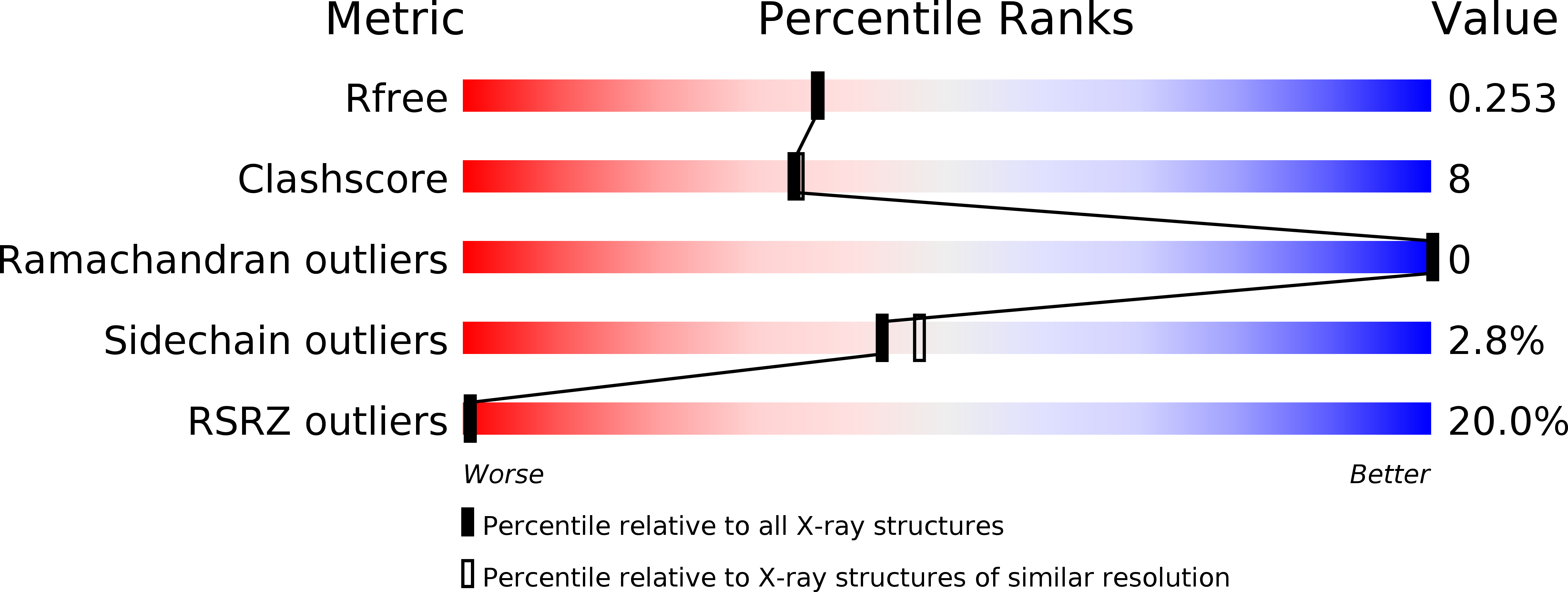
Deposition Date
2007-01-25
Release Date
2007-02-06
Last Version Date
2024-10-30
Entry Detail
PDB ID:
2OO9
Keywords:
Title:
crystal structure of the UBA domain from human c-Cbl ubiquitin ligase
Biological Source:
Source Organism:
Homo sapiens (Taxon ID: 9606)
Host Organism:
Method Details:
Experimental Method:
Resolution:
2.10 Å
R-Value Free:
0.26
R-Value Work:
0.21
R-Value Observed:
0.21
Space Group:
P 41 21 2


